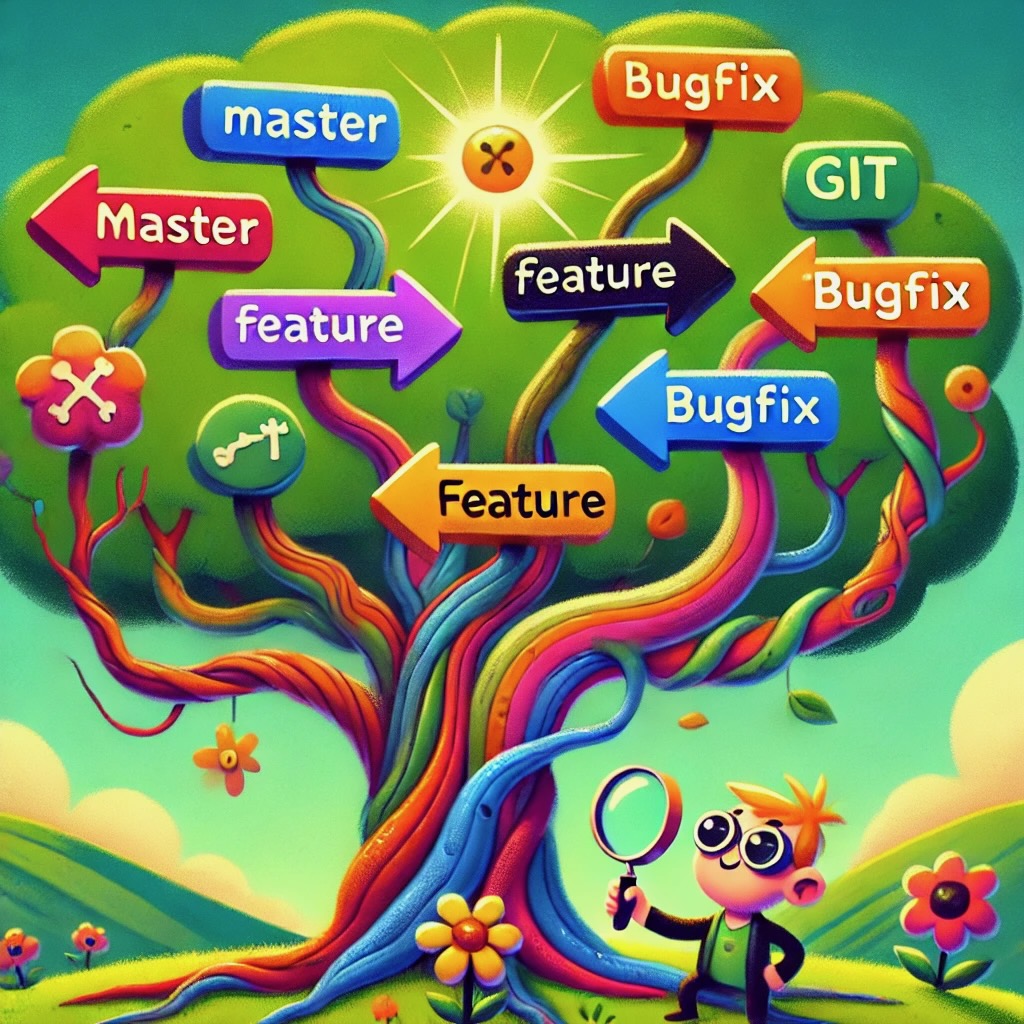When Git Branches Diverge: A Troubleshooting Tale

While working on a project, one morning we came across a fun problem — the
develop branch had diverged. There was no local changes or commits, the last
command run was simply git pull origin develop, with a clean pull. So what
happened?
The Investigation
Let’s break down what we saw:
$ git pull
You have divergent branches and need to specify how to reconcile them.
You can do so by running one of the following commands sometime before
your next pull:
git config pull.rebase false # merge
git config pull.rebase true # rebase
git config pull.ff only # fast-forward only
You can replace "git config" with "git config --global" to set a default
preference for all repositories. You can also pass --rebase, --no-rebase,
or --ff-only on the command line to override the configured default per
invocation.
fatal: Need to specify how to reconcile divergent branches.
Uh-oh, that looks bad. What does git status say,
$ git status
On branch develop
Your branch and 'origin/develop' have diverged,
and have 1 and 3 different commits each, respectively.
nothing to commit, working tree clean
Interesting, right? We had a clean working tree, yet Git is telling us our branches diverged.
Common Scenarios Where Divergence Happens
- Someone pushed new commits to
origin/develop
commit1 - commit2 - commit3 - commit4
^ ^
LOCAL REMOTE
- We had local commits that weren’t pushed
commit1 - commit2 - commit3 - commit4
^ ^
LOCAL REMOTE
|
--- localCommit1
^
HEAD
- When we ran
git pull, git automatically performed a merge
commit1 - commit2 - commit3 - commit4
| |
| |
| |
--- localCommit1 - mergeCommit
^ ^
LOCAL HEAD
- The rare stuff of nightmares — someone used force push to re-write history. Kids, do not do this at home.
commit1 - commit2 - commit3 - commit4
^ ^
LOCAL REMOTE
commit1 - commit2 - commit3 ~~commit4~~
^ ^
LOCAL REMOTE
How To Handle Divergences
The tricky thing in these scenarios is that there is no solution that fits all, it depends.
Option 1: The Careful Approach
Instead of git pull, be explicit. Fetch changes and rebase your local changes on top.
NOTE : Rebase is re-writing history. So pushing this up, requires git
push --force
git fetch origin develop
git rebase origin/develop
# If you hit conflicts
git status # Check which files are conflicting
# Fix conflicts
git add .
git rebase --continue
Option 2: The Pull With Rebase Approach
This is very similar to Option 1, this approach will try to rebase your local changes on top of upstream, but with less granular control.
git pull --rebase origin develop
# If you hit conflicts
git status # Check which files are conflicting
# Fix conflicts
git add .
git rebase --continue
Option 3: The Merge Approach
This approach merges the upstream code with your local, making a new merge commit.
git fetch origin develop
git merge origin/develop
# Or if you're sure about the merge
git pull --no-ff origin develop
Option 4: The “I’m Sure Remote is Right” Approach
This approach basically kills any unsaved or local changes, assuming remote is right. Save any local work in a stash before doing this.
git fetch origin
git reset --hard origin/develop
What Actually Happened In Our Case
Original state
commit1 - commit2 - commit3 - badCommit
^ ^
LOCAL REMOTE
Developer force-pushed to remove badCommit
commit1 - commit2 - commit3
^ ^
LOCAL REMOTE
Your local still has the old history, causing divergence
commit1 - commit2 - commit3 - badCommit
^ ^
LOCAL REMOTE
This is a particularly problematic scenario because:
- It breaks the golden rule of Git: never rewrite public history
- Other developers who pulled the bad commit will have diverged branches
- It can cause confusion and inconsistencies across the team
- Recovery can be complex if others based work on the removed commit
In our case, we used “Option 4”, to reset local to the current upstream remote state, knowing that we did not have any local changes to save.
git fetch origin
git reset --hard origin/develop
If you do have local changes to save, either use a local branch or save them to the stash.
Best practices to prevent this :
- Never force push to shared branches
- Use
--force-with-leaseif force push is absolutely necessary - Use
git revertto undo changes while preserving history - Establish team protocols for handling bad commits (prefer
git revert) - Shared branches like
mainanddevlopshould be protected to prevent force pushes.
The Takeaway
Git branch divergence isn’t scary — it’s a normal part of collaborative development. The key is understanding why it happens and having the right tools to handle it. Whether you choose to merge or rebase depends on your team’s workflow and the specific situation.
Remember: Git is tracking history, not just code. Sometimes what looks like a problem is just Git doing its job of maintaining a clear picture of how your code evolved, that includes less than ideal commits that break things.
Next time you see that “branches have diverged” message, hopefully you’ll know exactly what’s going on and how to handle it. Happy coding! 🎉
I’m trying to get better about writing about things I do. Let me know if you found this useful 🙂 .
Connect with me on LinkedIn .